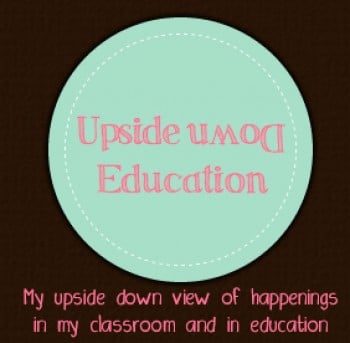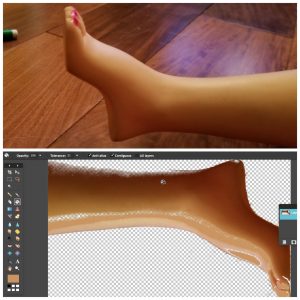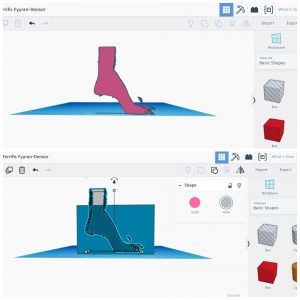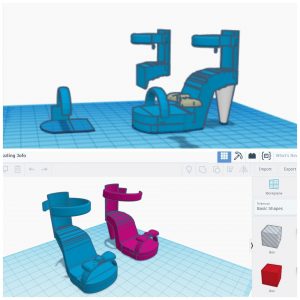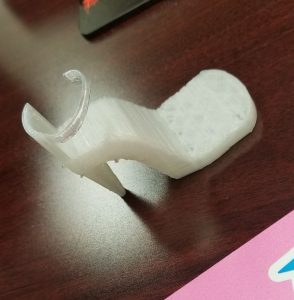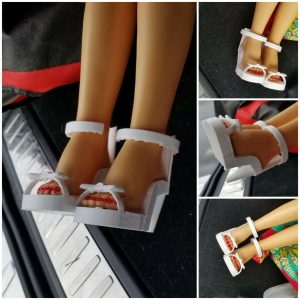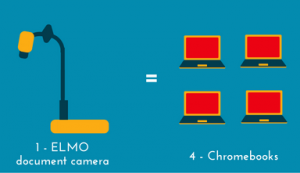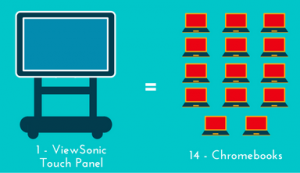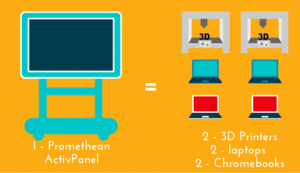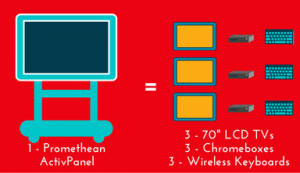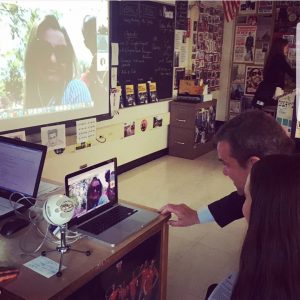Do you remember “the talk?” Yeah, that talk. The one you always dreaded. That moment your parent(s) sat you down and decided you were ready to talk about sex. There was probably some technical information. Then the whole safe sex and preventing pregnancy stuff. Probably ended with your parents telling you never to do it until 30 or something. But that was about it. And in the 1990s when I was a teenager, as uncomfortable it was, it was enough. It is amazing how much has changed. But what I am afraid hasn’t changed, “the talk.”
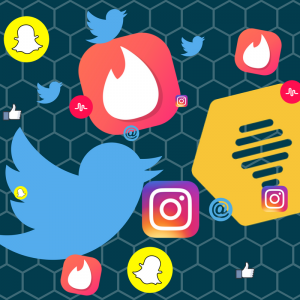
The Birds and Bees, do you know these icons?
Everyday when I walk into a school convos come up about cell phones and students on social media. Almost every single day I hear a story about a kid that did something wrong online that will effect them for a while, if not forever. Every time I hear one I am sick to my stomach and I blame myself as the instructional tech coach for not getting the message out to every kid warning them not to do things. Or that I haven’t met with parents at that school to educate them. Or what have I done to make sure the teachers are educating the students on this? I know there is no way I am responsible for all 36,000 kids in my district but I can tell you, I feel like I should just do more every time. Today I heard a story about a good kid and it has just eaten away at me to the point I was in tears.
Here is the deal, “the talk” mentioned above isn’t good enough. There is so much more kids are dealing with beyond face to face interactions. So while safe sex is a great start, it is just a small part of it. I never will feel comfortable talking about this with my kids but there is no other option, they are my children and I have to protect them.
So what is new, what do we need to keep in mind when talking to students?
First, know that dating is different today. In the past it started by passing notes then phone calls then hanging out at a mall or the area hangout. Now, it starts with private messages on a phone through a social media app. Please realize, Instagram is “hanging out” for kids today. This is how they are social.
Why is this a problem? Well the scary part about dating starting this way, it is completely private. They feel like they can say things that they wouldn’t normally have the guts to say. Conversations can go from flirting to sexual fast. When that happens, pictures eventually might be shared. Sexting is real and is happening earlier and earlier. The thing is, screen shots are real too. Pictures get saved. Snapchat even saves them on their servers, fingers crossed they don’t get hacked, right? Oh wait…
Another reason this is a problem, middle and high school relationships rarely last. Breakups hurt and revenge happens. Revenge is no longer telling the locker room your ex is a bad kisser, no revenge is posting those pictures and convos that happened in private with someone the kid trusted. Now there are pictures circulating through an entire community and beyond. This is the one that breaks my heart the most. That is someone’s child and once it is out there, it can’t be undone. Also know, it is not only boys spreading about girls, it happens to both.
And we have one more reason these private conversations are dangerous, kids are not sure the person they talking to are really who they are. Have you talked to your child about that being a scenario? Yeah we all think the show Catfish is kinda funny but there are more dangers than that an ugly person showing up. Strangers are no longer just the creepy guy in a white van at a playground and the abduction nightmare happens more times than the news puts out there. There is more that goes on beyond that, these people they are chatting with are saving those pictures. Then they are blackmailing the children they are chatting with. Blackmailing to get more pictures or pictures of younger siblings or real life sexual partners. Have you told your child that is something that could happen to them and is there a plan in place for when it does? Not a fun convo but I have to keep my child safe and hope when I talk to students they are listening.
So now what?
As educators, you need to keep having these convos with students. No you don’t need to talk about sex, but you need to constantly remind students the consequences of actions online. Their parents do not know to have these talks. You also need to listen out for students talking about sharing embarrassing pictures or convos online, if you hear about any, go to your administration and SROs as quickly as possible. Stop it before it gets shared more than it should, but never ask to see these images, leave that to the admins.
As parents, these conversations need to be happening more and more in your home. You never want your child to be in a situation that could cause them harm or be harmful to their future. I know that most parents don’t know all the apps out there, heck by the time I post this there will be more for them to use, but you need to go to social media where they are and learn it. You need to check phones, you pay for it. You need to be careful with younger children in bedrooms with door closed on phones, if you wouldn’t let a boyfriend in your child’s room with door closed, why on earth would you let him in her room on Facetime with the door closed? Pay attention to them hiding the phones when you walk in. Know the apps on their accounts. Check their browsing history, if they keep deleting it, ask why. Know that porn is available 24/7 for free and not always on an obvious site, Tumblr is one of the top places for it and Reddit is catching up quickly.
Lastly, they are kids, they are going to make mistakes just like we all did when we were kids. Unfortunately, their mistakes never go away. Be supportive and understanding when they make these mistakes, they are going to need all the love and support over the next years of their lives.
